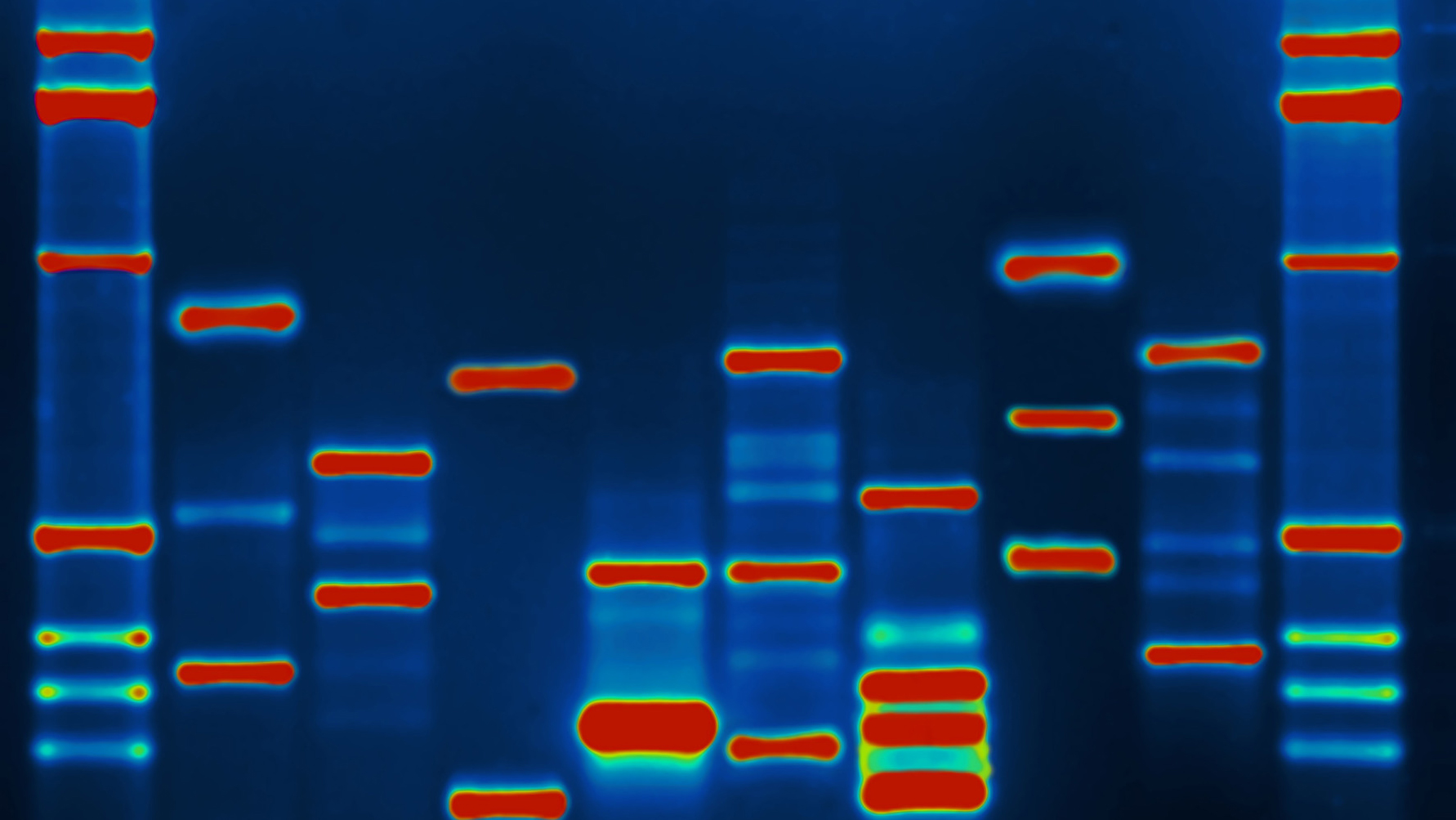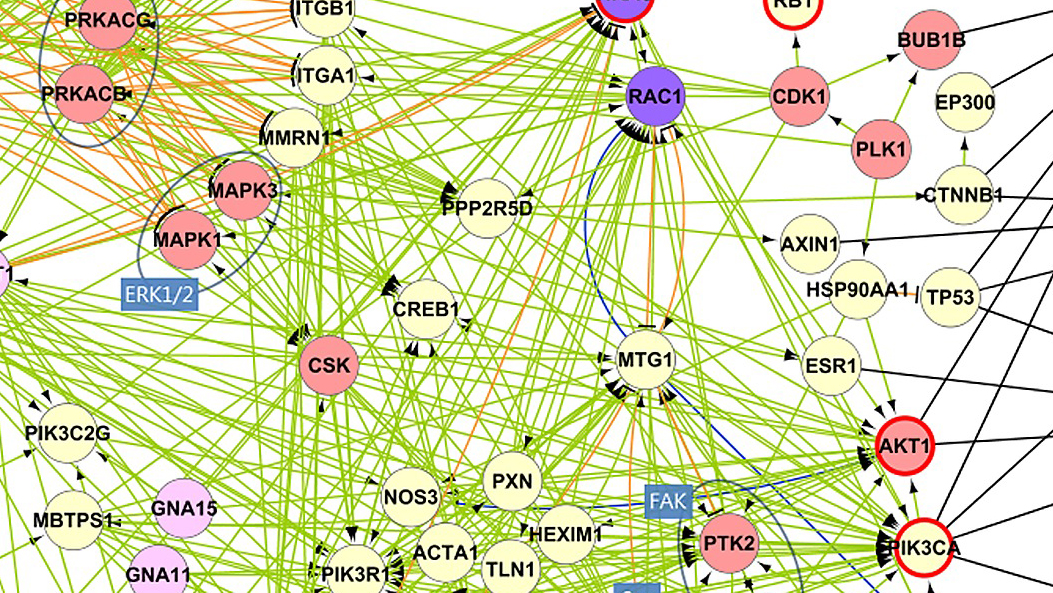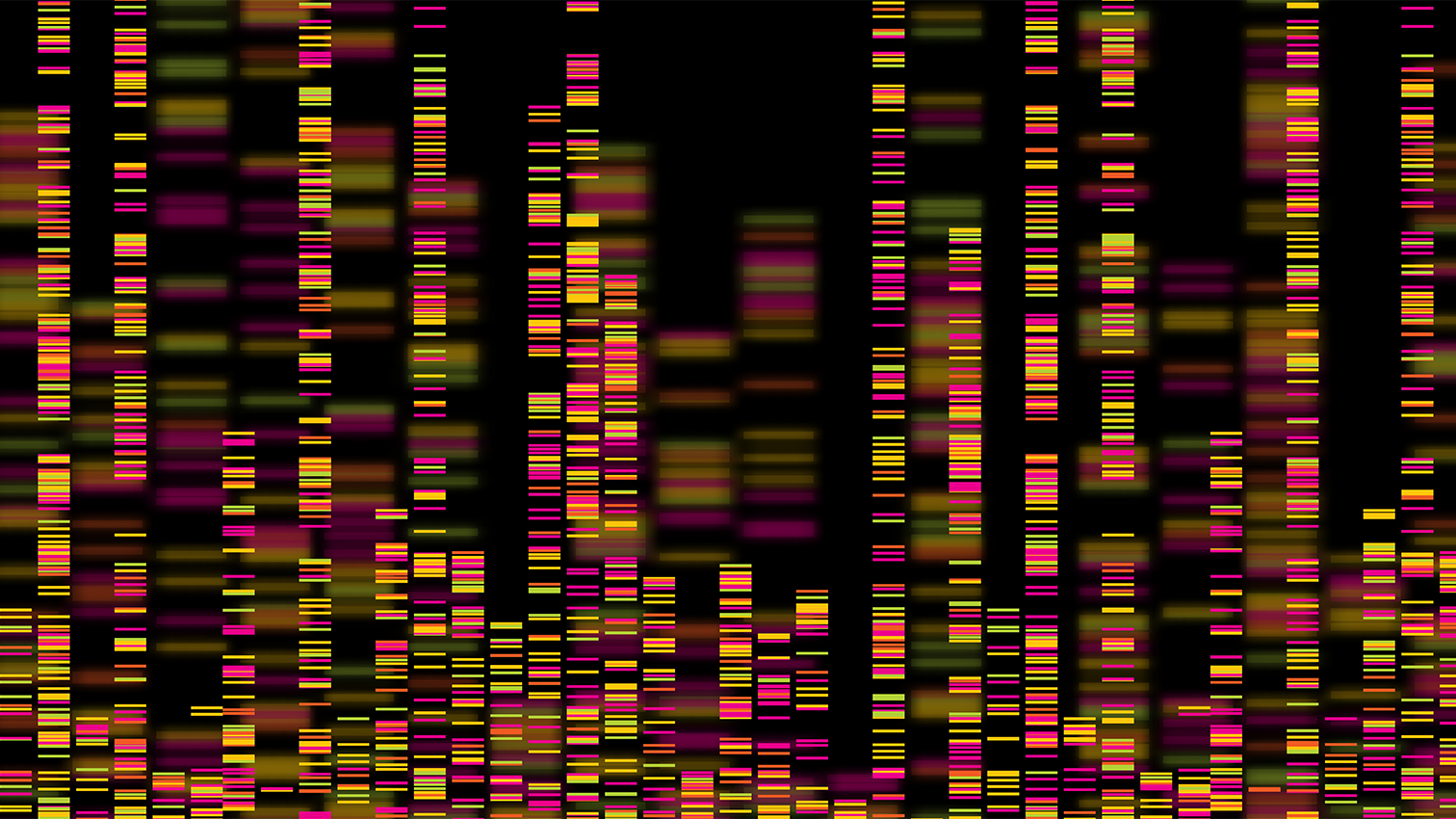Fungal Systems Biology

Much of the relationship between genotype and phenotype is determined by gene regulation. The components of signaling and transcriptional regulatory pathways acFungalt together in gene regulatory networks to control which genes are expressed, at which times and under which conditions. Gene regulatory networks (GRNs) control adaptation within cells and organisms and evolve rapidly to provide large phenotypic diversity over short evolutionary time periods.The critical regulatory proteins of GRNs are defined by the genetic code that they regulate, and as such, GRNs evolve both in their coding sequences of their regulatory genes and in the cis-regulatory DNA sequences they bind.
Although separated by relatively short evolutionary time, humans and our most closely related primates differ importantly in GRN components and their regulatory binding sites. In addition shaping the evolution of species, GRNs are important in maintaining normal cell cycle and division, cell proliferation, and often contribute to disease states when not functioning properly.
Efforts to understand the regulatory pathways in control of stress responses are of particular interest. Current focus has been on the responses to oxidative and DNA damage stress. Although both of the stresses are present at low levels in healthy cells, a measured and rapid stress response must be mounted to ensure survival to high or acute exposure to these stresses. By perturbing specific regulatory genes, e.g. via gene knock-outs or knock-downs, we can observe which aspects of the stress response are dependent upon which regulatory factor.
The combination of environmental and genetic perturbations allows us to interrogate GRNs that control these vital cellular responses and provides powerful evidence for the functional role of known and novel regulatory genes.



